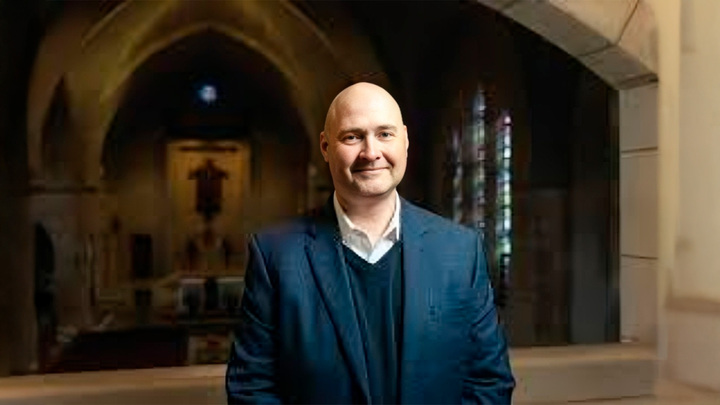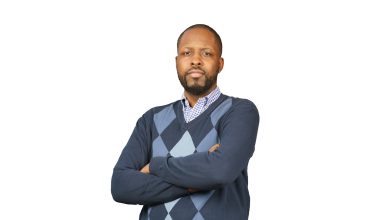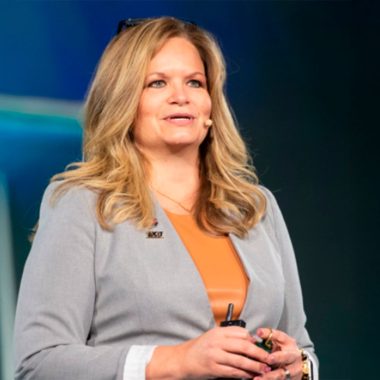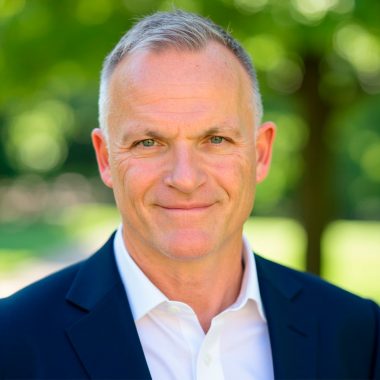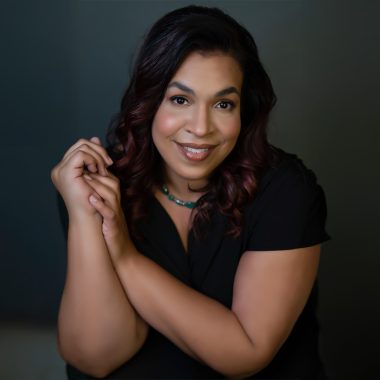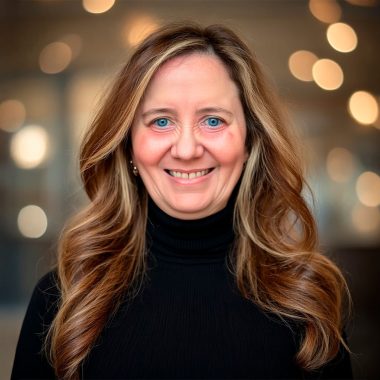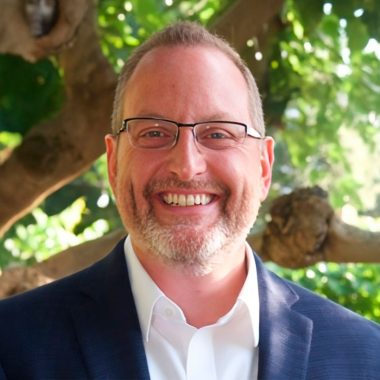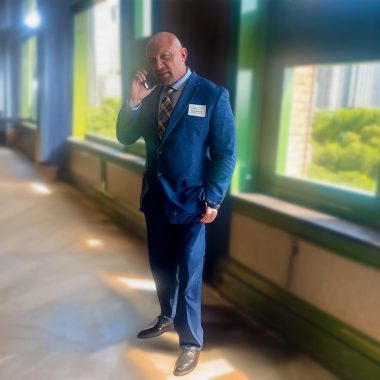In healthcare systems and long-term care facilities across the country, a crisis is unfolding. Healthcare systems are buckling under the weight of workforce shortages, and the gap is widening by the day. What may seem like a challenge unique to hospitals is, in reality, a broader failure of workforce planning. It’s one that higher education is uniquely positioned to address. The disconnect between what colleges teach and what employers need is no longer sustainable, especially in healthcare where shortages are already threatening access, outcomes, and community well-being.
Colleges have long served as engines of talent development, but few higher education leaders have embraced that role as fully—or as effectively—as Dr. Jayson Boyers. Over the past 25 years, he has served as a dean, college president, and executive vice president leading business model transformation. Today, as Vice President of Operations at West Coast University, he oversees Online and Graduate Program strategy, helping the university respond to the national healthcare workforce crisis with purpose and scale.
Boyers has treated regional labor shortages like solvable puzzles rather than intractable trends. “Every institution sits inside an ecosystem,” he says. “If you want your college to thrive, you must help the community’s employers thrive, too.” That philosophy, part civic duty and part competitive strategy, shapes Boyers’s prescription for the healthcare talent gap.
A Workforce Crisis in Plain Sight
The data is difficult to ignore. According to Boyers’s research and workforce modeling:
- Over 203,000 nursing positions need to be filled annually
- 52 percent of the current healthcare workforce will reach retirement age by 2027
- The allied health gap will exceed 550,000 roles by 2030
- 3.2 million new healthcare jobs will be created by 2035
These shortages are already impacting care. Wait times are growing, procedures are delayed, and contract labor costs are draining budgets. “Hospitals cannot afford to plug holes with short-term staffing anymore,” says Boyers. “They need to start building long-term pipelines, and that begins with education.”
The Partner and Prosper Strategy: A Smarter Way to Build Talent
Boyers introduces the Partner and Prosper Strategy, a four-part framework designed to help healthcare systems move from reactive hiring to strategic, mission-aligned workforce development. This approach reframes employers not as passive consumers of talent, but as co-creators of workforce solutions.
Step 1: Surface the Risk Begin with a comprehensive workforce audit to uncover retirement cliffs, credential gaps, turnover trends, and department-level vulnerabilities that could disrupt care delivery.
Step 2: Spot the Signal Use ROI modeling, heatmaps, and predictive analytics to identify which workforce investments will generate the greatest impact — for patient outcomes and organizational sustainability.
Step 3: Build the Bridge Design stackable credential pathways that allow existing employees to grow into high-demand roles without leaving the workforce. These career ladders increase retention while solving talent shortages from within.
Step 4: Align to Advance Establish education partnerships built on co-ownership — where both the health system and the academic provider are accountable to shared goals. These partnerships embed training within operations and are governed by shared metrics, aligned missions, and mutual investment in long-term outcomes. “This model replaces churn with clarity,” says Boyers. “You stop recruiting strangers and start developing the talent already inside your organization.”
Education as Strategic Infrastructure
Boyers believes higher education needs to reposition itself not just as a service provider, but as essential infrastructure for workforce stability. “Education is not a benefit,” he says. “It is risk mitigation.” He emphasizes that the most successful healthcare systems treat colleges as strategic partners, not vendors. That means jointly designing programs, aligning on outcome metrics, and sharing responsibility for student success. “The idea that employees have to figure it all out on their own is outdated,” Boyers adds. “They need guidance, flexibility, and a path that leads somewhere.”
The Role of Technology
Technology plays an important supporting role in Boyers’s strategy. Artificial intelligence can accelerate diagnostics, personalize learning, and enhance decision-making. But it cannot replace human care. “AI can tell you something is wrong. It cannot tell you how someone feels,” he explains. “The future of healthcare is not automation. It is augmentation.” Boyers sees the biggest value in using technology to free up frontline workers so they can focus on empathy-driven, high-impact tasks. In education, it allows institutions to deliver more flexible, modular learning without compromising quality.
Relationships Drive Results
For Boyers, the final ingredient is often the most overlooked. Success depends on relationships. “Nothing of lasting value happens without trust,” he says. “If colleges and healthcare systems are not talking regularly, aligning values, and solving problems together, the model fails before it begins.” The crisis is real, but so is the opportunity. By aligning education and care, Boyers believes communities can turn a workforce emergency into a competitive advantage.
To connect with Jayson Boyers or learn more about his approach to healthcare workforce strategy, follow him on LinkedIn.
